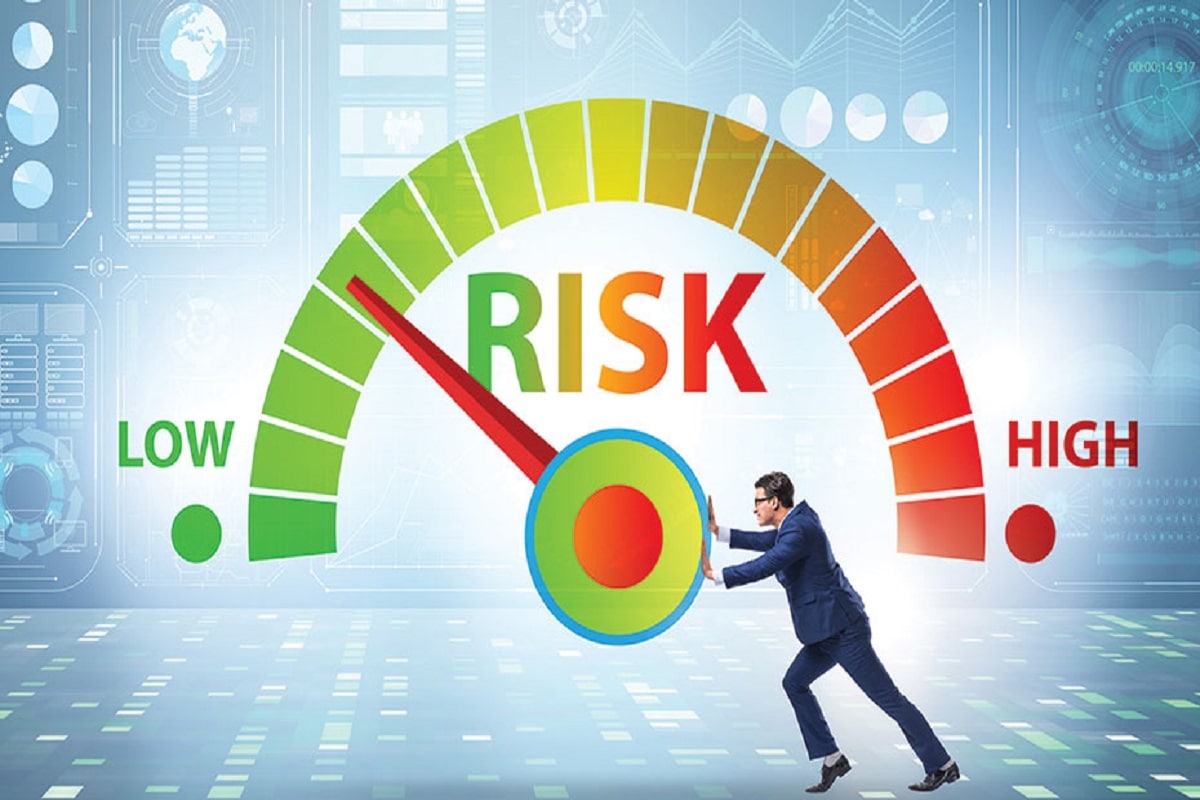Any experienced investor or financial advisor will tell you that the stock market will fluctuate. There are no guarantees, but time-tested investment principles show favorable results for those who stay focused on their goals. However, it is not uncommon during periods of decline that market performance can have a major impact on your financial and mental well-being.
Understanding how comfortable you are with risk in your investments can help determine not only your investment strategy and plan but can also identify how comfortable you are with the possibility of taking a loss.
What is Risk Tolerance?
It is common to see trading tips or recommendations broken down by different levels of risk tolerance, but risk tolerance is not often defined for individuals. Risk tolerance also referred to as risk comfort, is an individual’s willingness and ability to take risks that could lead to losses when investing. A risk profile is an analysis of an individual’s risk tolerance that is utilized to create and complete an investment plan based on risk tolerance.
Accurately identifying your appetite for risk can be tricky. If you are someone comfortable taking risks, but you are approaching retirement age, then a portfolio with a high-risk level is likely not the option for you.
Aligning Your Goals
Risk tolerance is often divided by age. Younger people have a longer time horizon to take risks when investing. A time horizon is the period of time an individual can hold an investment before they want to utilize their investment earnings.
Your investment goals should be based on both your financial ability to invest and your willingness to take on risks in the market. Risk is not something that should be changed annually, but something that should be monitored and adjusted based on different milestones or events in an individual’s life, such as retirement.
For example, moving from an asset accumulation goal to an asset distribution mindset will often hinder your ability to handle volatility.
Aligning your risk with your asset allocation can help protect your investments from losses in times of volatility, make sure your investments are still on the right track, and prevent any spontaneous reactions to market dips.
Risk Profile
The risk profile is determined by a variety of factors. The key indicators of an individual’s risk profile are a reaction to volatility, behavioral finance, cash flow analysis, and desired risk comfort level.
- Reaction to volatility in the market is the level of losses you can withstand without reaction to a trade.
- Behavioral finance refers to how you view and make other financial decisions in your day-to-day life.
- Cash flow analysis is the breakdown of your incomes and your expenses, usually broken down into quarters, months, or years.
- Desired risk comfort level is the level of risk that appropriately allocates your investments and assets.
Additional Information
Investing without the help of an expert can be difficult. Gauging your own risk level and how to translate that into an investment portfolio is aided by exploring your financial advice.
At Fragasso Financial Advisors, wealth management Pittsburgh, determining our client’s risk profile is a crucial step in creating a successful portfolio. They recently published a blog post about Risk Comfort which goes into more detail on this topic.
Investment advice is offered by investment advisor representatives through Fragasso Financial Advisors, a registered investment advisor




































